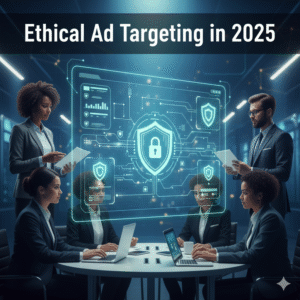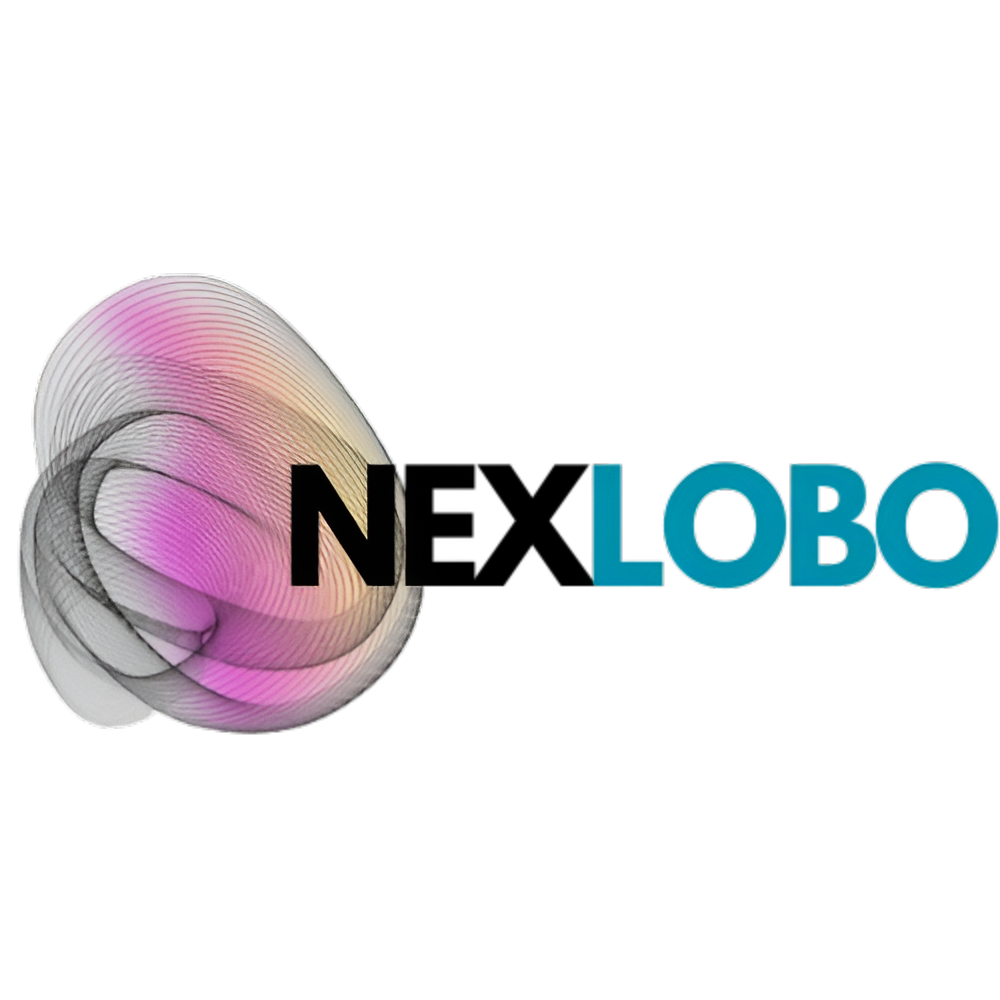Best Practices for Ethical Ad Targeting in 2025 (Without Losing Performance)

If you’ve been in the ad world long enough, you know there’s a fine line between effective targeting and becoming the creepy brand no one trusts. I learned this the hard way back in 2022 when a client of mine insisted on hyper-granular targeting. Sure, it delivered a short-term CTR spike — but their complaints doubled, and their reputation tanked.
Fast-forward to 2025, and the shift toward ethical ad targeting is no longer optional — it’s the only strategy that actually protects your brand. Before we dive in, here’s a must-read reference that pairs well with today’s topic:
👉 https://nexlobo.com/best-ad-tech-metrics-every-marketer-should-track/
Now, let’s talk about what ethical ad targeting really means and how to execute it without sacrificing performance.
What Ethical Ad Targeting Actually Looks Like in 2025
Most marketers treat ethical ad targeting like some vague “do the right thing” idea. It’s not. It’s a measurable, structured, and scalable framework based on:
Transparency and user permission
First-party, privacy-safe data
Clear consent pathways
Predictive segmentation that avoids identifiers
AI personalization that doesn’t manipulate emotions
Automated customer targeting with ethical constraints
Micro-segmentation without violating user privacy
When I implemented an ethical ad targeting framework for a SaaS client last year, conversions increased by 22% — not because we targeted harder, but because we targeted smarter.
Trust sells. Respect scales.
How To Build an Ethical Ad Targeting Foundation That Actually Works
Your ethical ad targeting strategy has to start with your data structure. If your data collection is shady, every campaign you run will be too — no matter how polished your ads look.
What you must do:
Use clean, explicit consent
Build your strategy around first-party data
Shift toward contextual signals
Avoid tracking users across platforms without permission
Use predictive segmentation for patterns, not personal traits
When I made the switch to contextual-first frameworks for my own campaigns, I was surprised by how much cheaper and more stable the CPMs became. That’s the hidden power of ethical ad targeting — better results with less noise.
How To Use AI Personalization While Staying Fully Ethical
AI has become the muscle behind most campaigns — but it’s also becoming the biggest ethical risk if misused.
Here’s how to keep ethical ad targeting intact while using AI personalization:
Avoid serving emotionally manipulative or hyper-personal ads
Make sure your AI tools use aggregated datasets
Do not allow your AI to infer sensitive traits
Give users the right to opt out of AI-based customization
AI should make experiences smoother, not scary. I often test AI-driven recommendations with limited segments to ensure they align with our ethical ad targeting standards.
How To Implement Privacy-Safe Micro-Segmentation (The Right Way)
Micro-segmentation often gets confused with invasive tracking. Done ethically, it becomes one of the strongest ways to deliver relevance.
The ethical version of micro-segmentation focuses on:
Behavior clusters instead of personal identity
Browsing actions instead of personal details
Interest groups instead of demographic buckets
For example, instead of targeting “John Doe, 34, searching for weight-loss supplements,”
ethical ad targeting would target:
“Users who recently engaged with wellness content multiple times.”
The difference is subtle and massive at the same time — relevance without surveillance.
How To Use Automated Customer Targeting Without Crossing Ethical Lines
Automated customer targeting is only dangerous when you allow algorithms to run with zero oversight. Ethical frameworks require:
Rule-based targeting parameters
No sensitive categories
Audit logs you can actually show regulators
Neutral AI models
Manual override controls
Last year, a client of mine rebuilt their automation workflow using these rules. Their ad ops team saved hours weekly, reduced errors, and improved compliance. Automation isn’t the enemy — irresponsible automation is.
By keeping ethical guardrails in place, your ethical ad targeting approach becomes stronger and more scalable than traditional methods.
Conclusion: Ethical Ad Targeting Isn’t Just a Trend — It’s Your Competitive Advantage
Here’s the hard truth: unethical targeting destroys brands. Ethical targeting builds them. Users reward transparency. Platforms reward compliance. And in 2025, regulators aren’t playing around.
If you want to sharpen your ethical ad targeting strategy even further, this guide is your next step:
👉 https://nexlobo.com/best-ad-tech-strategies-to-increase-roi/
The marketers who embrace ethical ad targeting now will be the ones dominating the next decade.







Leave a Reply